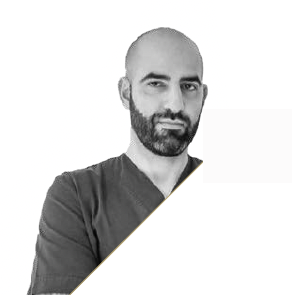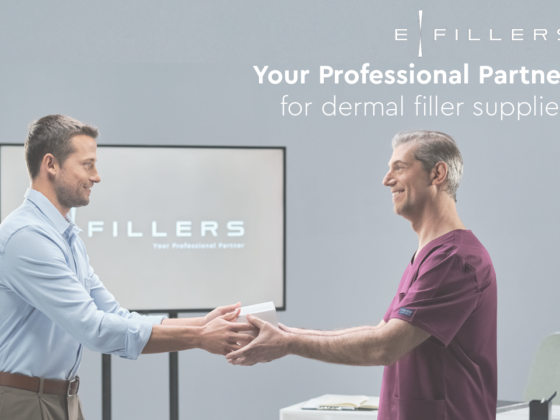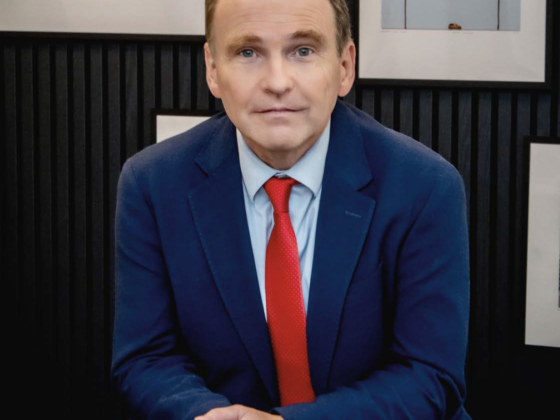By Dr Fabrizio Vignoli
In the quest for ever-more effective aesthetic consultations, 3D image capture technology is helping amplify outcomes for both patient and doctor. Discover the future of precise imagery and advanced skin analysis.
Capturing accurate imagery is essential for effective consultations and treatment planning in aesthetics. However, traditional photography often falls short due to inconsistencies with lighting and positioning. It also only allows a visual skin diagnosis, making it dif cult to analyse a face and track changes accurately over time.
WHERE 3D IMAGING COMES IN

Unlike 2D photographs, 3D image capture devices provide a true-to-life representation of a patient’s face. They allow for objective measurements of facial features, including wrinkles, spots, and pores from various angles. We can scan the skin quality, measure facial aspects such as the lips, and simulate how the face may look after treatments for direct comparisons.
The latest advancements in 3D imaging are embodied by the Aura 3D Imaging System by Hexagon. Normally, pictures only show a patient’s face at rest. But, with Aura technology, we can capture a full range of emotions, including when angry and smiling. The image quality has also greatly improved, and the rapidity of the capture is impressive. It only takes two minutes total and speed is vital in our eld because we want to treat many patients daily. All my patients are now captured by Aura before their consultation. It’s become indispensable in my practice.
THE BENEFITS OF 3D CAPTURE FOR CONSULTATIONS: BETTER PATIENT/DOCTOR COMMUNICATION
Speaking the same language as patients is crucial for effective consultations. Doctors often like to use technical terms, such as toxin units or types of dermal llers and lasers, which patients might not understand. 3D imagery technology like Aura helps bridge this understanding gap by providing data and simulations that allow both doctors and patients to visualise treatment outcomes. This makes it easier to explain the effects of procedures and allows patients to make more informed decisions.
BUILDING TRUST

3D imagery plays a crucial role in making accurate diagnoses – it is not merely a marketing tool. The Aura system’s thorough analysis gives patients a clear understanding of their facial features, and this transparency builds trust, as patients can see the precise data behind the doctor’s recommendations. For example, if a patient is focused on treating wrinkles but has underlying skin issues like rosacea, the data helps them understand why we might address those issues first.
BETTER ORGANISATION
The system’s compact design makes it useable in any clinic; it’s user-friendly for both doctors and clinic staff; and all patient data is stored together to be easily retrieved. This improves consultation efficiency, elevating your professionalism as well as the quality of follow-up appointments.
EDUCATION
For doctors, this type of device is a valuable educational tool. We can capture images, perform procedures such as dermal llers, and then compare the before-and-after results. This continuous feedback loop helps identify where we can improve, so we can achieve better results in future treatments.
LOOKING AHEAD
With companies like Hexagon leading the way, we can anticipate further enhancements in imaging technology. Aura is likely to evolve, offering even more sophisticated features to keep it at the forefront of aesthetic technology. For now, adopting such cutting-edge tools is essential for staying competitive. I am pretty sure that in the future every clinic in the world will have one of these devices. It’s becoming the necessary standard of working in aesthetic medicine.
Dr Fabrizio Vignoli

Dr Fabrizio Vignoli is an aesthetic surgeon and member of the board of directors of the Italian Society of Aesthetic Medicine. A leading expert in the use of image capture in aesthetics, Dr Vignoli is also the CEO of two clinics – one in Bologna and one in Milan.
More informations: medicinaesteticavignoli.it















